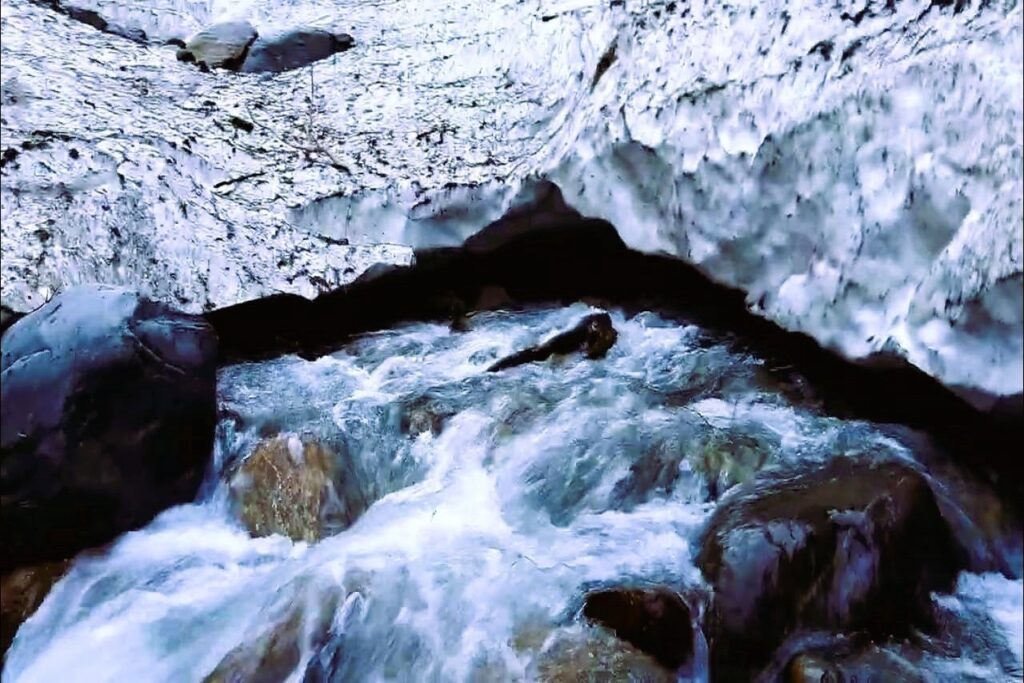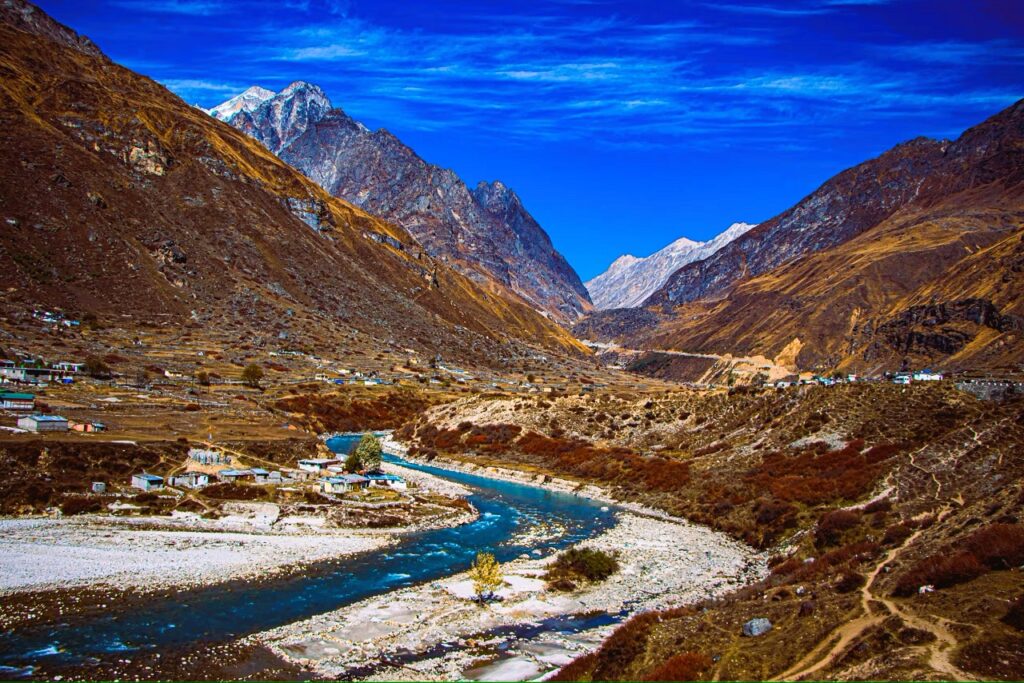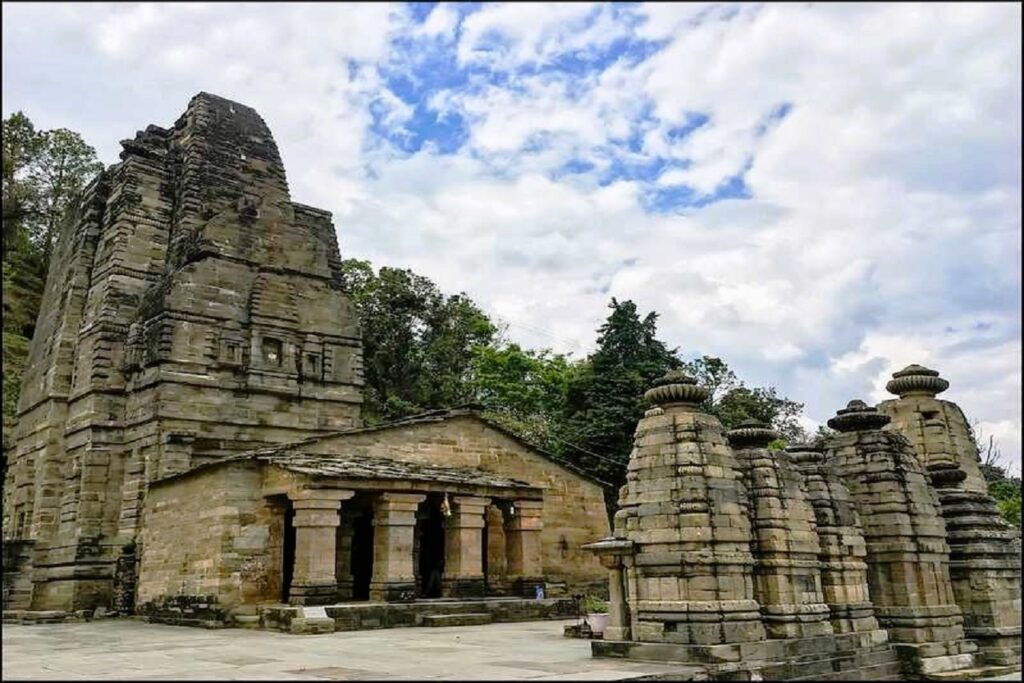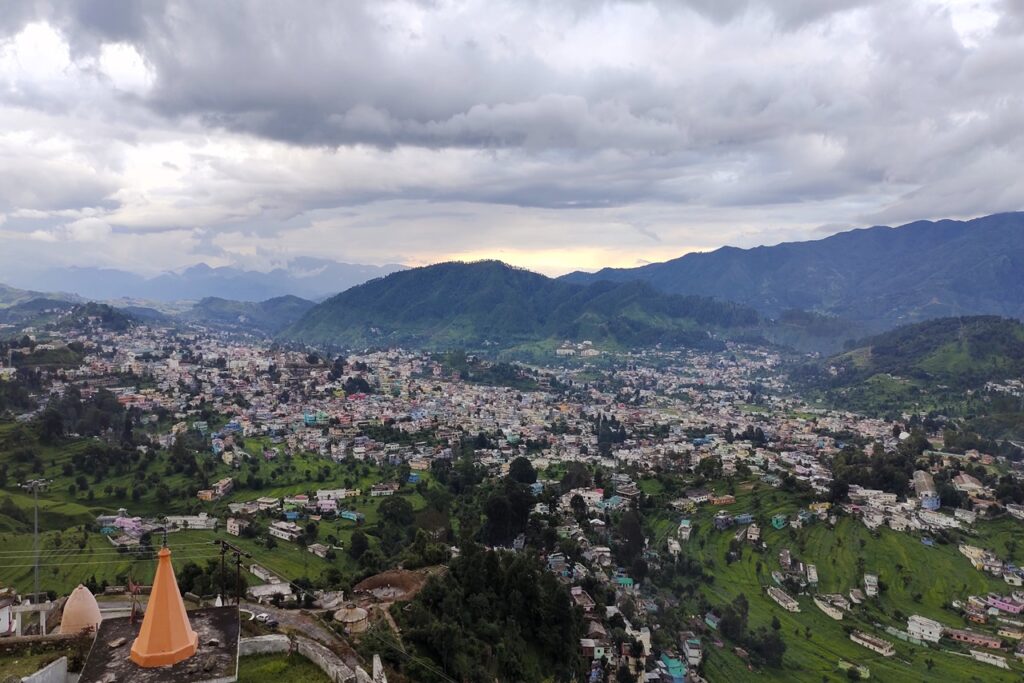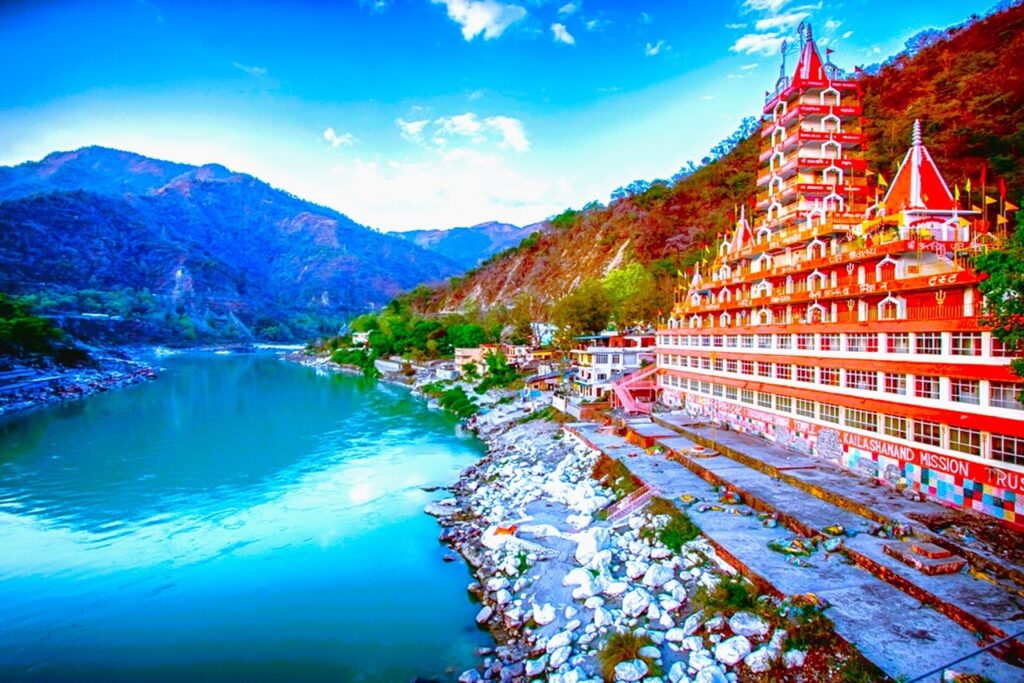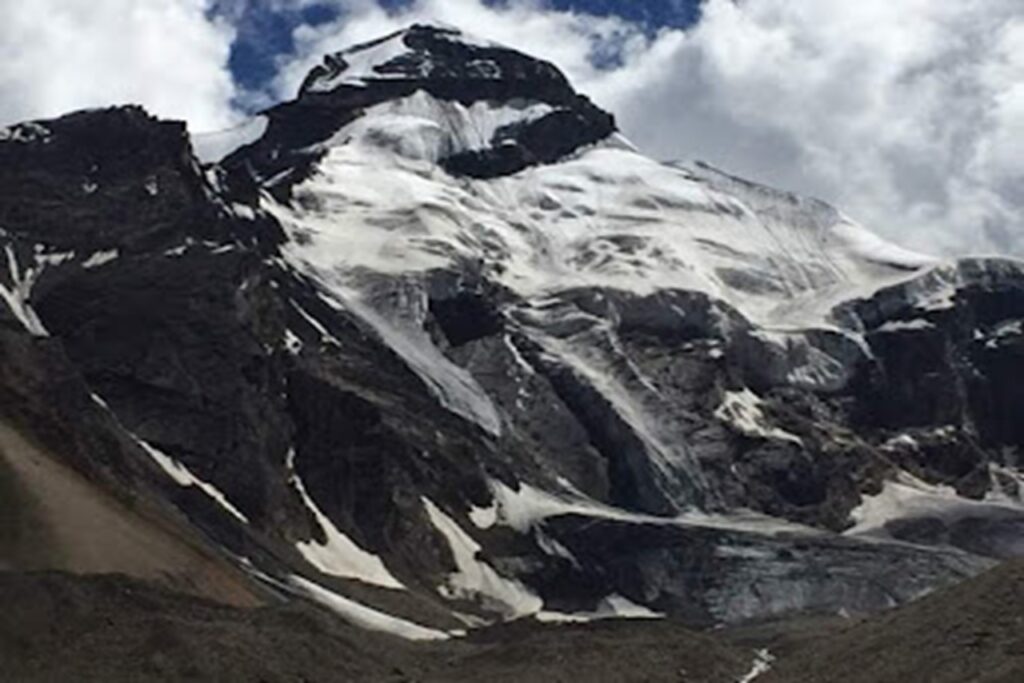The Yamuna River, a significant watercourse in the Indian subcontinent, flows through the heart of the country, nurturing landscapes, cultures, and communities along its journey. Originating from the Yamunotri Glacier in the lower Himalayas, the Yamuna traverses diverse terrains, serving as a source of life for millions of people while holding profound cultural and historical significance.
Origins and Himalayan Journey
The Yamuna River begins its odyssey high in the Himalayas, emerging from the Yamunotri Glacier in Uttarakhand. The glacial origin imparts a pristine quality to its waters as it descends through the rugged mountains, carving its path through the picturesque landscapes. As the river flows through the Himalayan foothills, it gains volume from numerous tributaries, including the Tons, Giri, and the Hindon rivers.
The Yamuna’s journey through this mountainous region not only shapes the landscape but also plays a crucial role in supporting the ecosystems of the Himalayan foothills. Dense forests, diverse flora, and a variety of wildlife find sustenance along the banks of the Yamuna, contributing to the rich biodiversity of the region.
Cultural and Historical Significance
The Yamuna holds profound cultural and historical importance in the Indian ethos. In Hinduism, the river is revered as a goddess and is often considered the sister of Lord Krishna. The association with mythology and ancient scriptures has elevated the Yamuna to a sacred status, making it an integral part of religious practices and rituals.
Cities like Mathura and Vrindavan, situated on the banks of the Yamuna, are steeped in mythology and are considered sacred by millions of Hindus. The Yamuna’s waters are believed to have mystical cleansing properties, and pilgrims from across the country seek spiritual solace by taking dips in its holy waters.
Agricultural Backbone
As the Yamuna descends from the Himalayas into the plains of North India, it transforms into a lifeline for agriculture. The fertile alluvial soils along its banks provide a vital source of irrigation for crops, supporting the agricultural backbone of the region. Farmers cultivate a variety of crops, including wheat, rice, sugarcane, and fruits, relying on the Yamuna’s waters for their livelihoods.
The agricultural prosperity along the Yamuna has historically contributed to the food security of the region, playing a pivotal role in shaping the socio-economic landscape of the surrounding areas. However, the increasing demands on the river’s water for irrigation have also led to concerns about sustainability and the need for responsible water management practices.
Urbanization and Industrial Impact
As the Yamuna flows through the densely populated regions of North India, it encounters the challenges posed by rapid urbanization and industrialization. Urban centers like Delhi, Agra, and Mathura draw water from the river for domestic, industrial, and commercial purposes. However, the rapid urban expansion has resulted in increased pollution and encroachment on the river’s banks.
Environmental Concerns and Pollution
One of the most pressing issues facing the Yamuna is pollution. The discharge of untreated sewage, industrial effluents, and agricultural runoff contributes to the deterioration of water quality. The accumulation of pollutants not only affects the health of the river but also poses significant risks to the communities relying on it for drinking water and agriculture.
Efforts to mitigate pollution include government initiatives, community-driven clean-up campaigns, and stricter regulations on industrial discharges. However, achieving a pollution-free Yamuna requires a holistic and collaborative approach, involving local communities, government bodies, and environmental organizations.
Yamuna Action Plan
In response to the environmental challenges faced by the Yamuna, the Indian government launched the Yamuna Action Plan (YAP) in the 1990s. The plan aims to address pollution and improve water quality through various measures, including sewage treatment plants, riverfront development, and public awareness programs.
While the YAP has seen some successes, including the construction of wastewater treatment plants and the reduction of point source pollution, the overall health of the Yamuna remains a subject of concern. Continuous efforts and sustained community involvement are essential to realizing the vision of a cleaner and healthier Yamuna.
Dams and Water Management
The Yamuna’s flow is regulated by various dams and barrages constructed along its course. Dams like the Tajewala Barrage and the Hathnikund Barrage are crucial for water management, providing irrigation, flood control, and hydroelectric power. However, the construction of these structures has also altered the natural flow of the river, impacting the ecosystems and aquatic life.
Balancing the need for water management with the preservation of the Yamuna’s ecological integrity is a complex task. Adaptive measures, such as environmental flow releases and sustainable dam operations, are essential to maintain the river’s health while meeting the growing demands for water resources.
Conservation Initiatives
Several conservation initiatives and community-driven projects are working towards restoring the Yamuna’s health and promoting sustainable practices. Afforestation programs, riverbank restoration efforts, and awareness campaigns aim to engage local communities in the conservation of this vital waterway.
Non-governmental organizations, environmental activists, and volunteers are actively involved in cleanup drives, tree planting initiatives, and educational programs to foster a sense of responsibility and ownership among the communities living along the Yamuna. These grassroots efforts play a crucial role in complementing larger government initiatives and policies.
The Yamuna River, with its origins in the pristine Himalayas and its journey through plains and urban centers, embodies the challenges and opportunities faced by India’s rivers in the 21st century. As a source of life, culture, and sustenance, the Yamuna is deeply ingrained in the fabric of the nation.
Balancing the demands of urbanization, agriculture, and industrialization with the need for environmental conservation is a delicate task. The Yamuna’s journey reflects the intertwined relationship between human activities and the natural world, urging us to approach development with a sense of responsibility and sustainability.
Preserving the Yamuna requires a collective commitment from governments, communities, and individuals. It involves not just addressing pollution and managing water resources but also fostering a cultural ethos that reveres and protects this sacred river. In safeguarding the Yamuna, we not only ensure the well-being of the ecosystems it supports but also uphold the legacy of a river that has shaped the history, culture, and landscapes of India for centuries.

